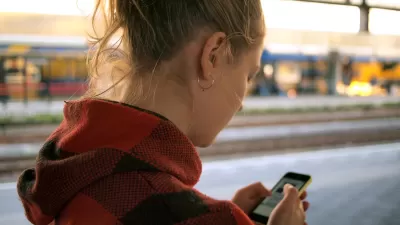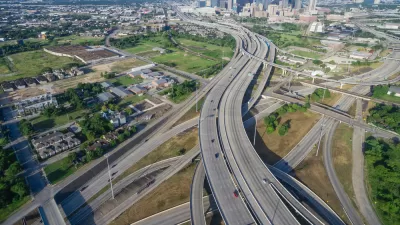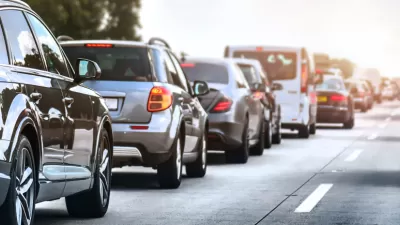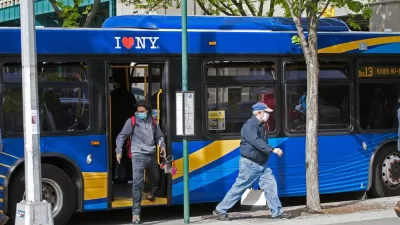Mobility as a Service (MaaS) relies on technology to streamline transportation and improve access. But apps are not going to be enough for people to leave their cars behind.

David Zipper takes a closer look at Mobility as a Service (MaaS) and its potential to shift people from driving to other more sustainable modes. "Boosters of the concept hail it as a means of weaning commuters off privately owned automobiles via technology platforms that allow them to easily book and plan trips across an array of urban transportation services—including transit, bikeshare, ride hail, e-scooters, and more."
The goal is admirable, says Zipper, but he challenges the notion that technology is a mobility solution more than just a tool. Apps can help travelers navigate transportation systems, but they cannot create accessible and robust mobility networks. For that, policy and planning need to address service and infrastructure issues.
Increased transit frequency, improved biking infrastructure, and higher driving costs provide incentives for people to look to alternatives to auto use. MaaS can bring a variety of modes together onto one platform, says Zipper. "But we should be realistic: Without supportive policies and investment decisions, the smartest MaaS technology in the world won’t be able to liberate cities from our reliance on automobility."
FULL STORY: There’s No App for Getting People Out of Their Cars

Alabama: Trump Terminates Settlements for Black Communities Harmed By Raw Sewage
Trump deemed the landmark civil rights agreement “illegal DEI and environmental justice policy.”

Planetizen Federal Action Tracker
A weekly monitor of how Trump’s orders and actions are impacting planners and planning in America.

The 120 Year Old Tiny Home Villages That Sheltered San Francisco’s Earthquake Refugees
More than a century ago, San Francisco mobilized to house thousands of residents displaced by the 1906 earthquake. Could their strategy offer a model for the present?

Ken Jennings Launches Transit Web Series
The Jeopardy champ wants you to ride public transit.

BLM To Rescind Public Lands Rule
The change will downgrade conservation, once again putting federal land at risk for mining and other extractive uses.

Indy Neighborhood Group Builds Temporary Multi-Use Path
Community members, aided in part by funding from the city, repurposed a vehicle lane to create a protected bike and pedestrian path for the summer season.
Urban Design for Planners 1: Software Tools
This six-course series explores essential urban design concepts using open source software and equips planners with the tools they need to participate fully in the urban design process.
Planning for Universal Design
Learn the tools for implementing Universal Design in planning regulations.
Clanton & Associates, Inc.
Jessamine County Fiscal Court
Institute for Housing and Urban Development Studies (IHS)
City of Grandview
Harvard GSD Executive Education
Toledo-Lucas County Plan Commissions
Salt Lake City
NYU Wagner Graduate School of Public Service





























